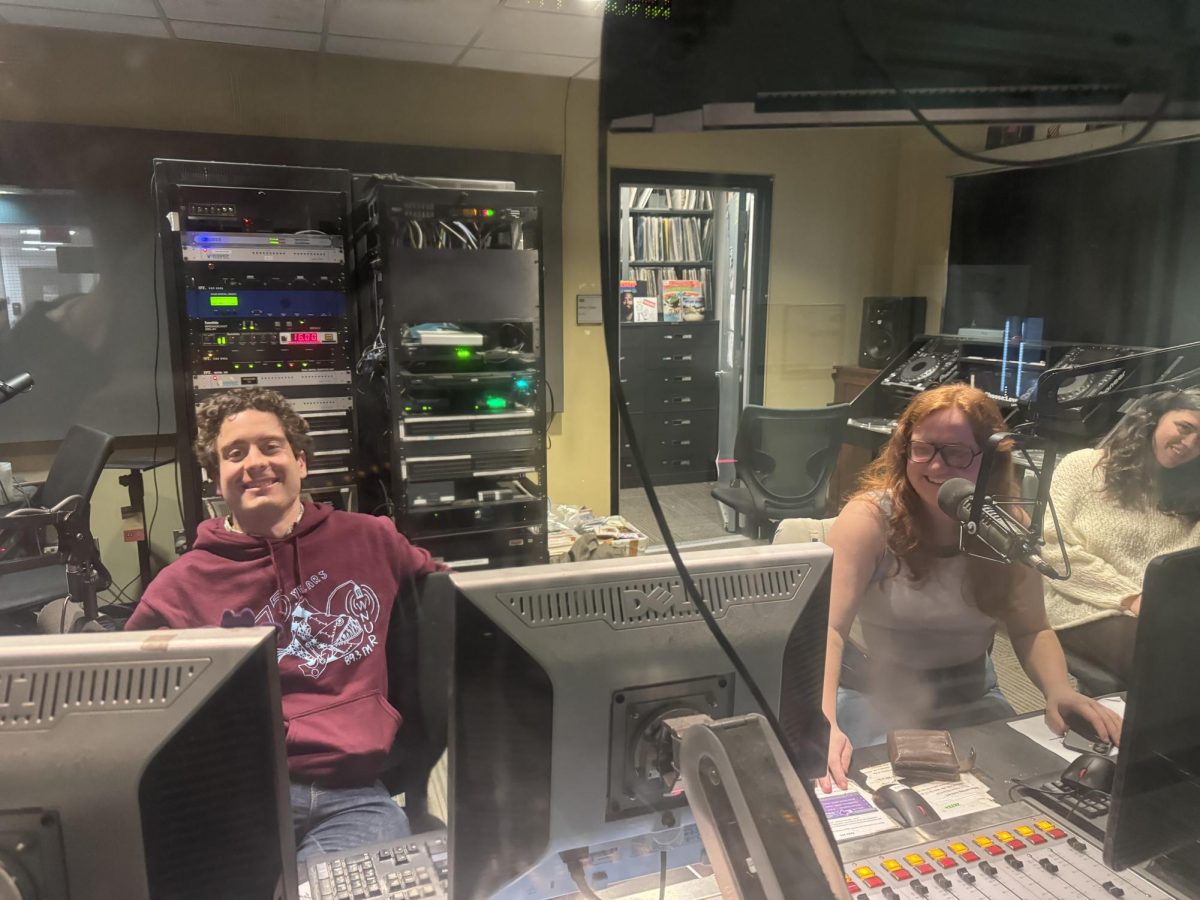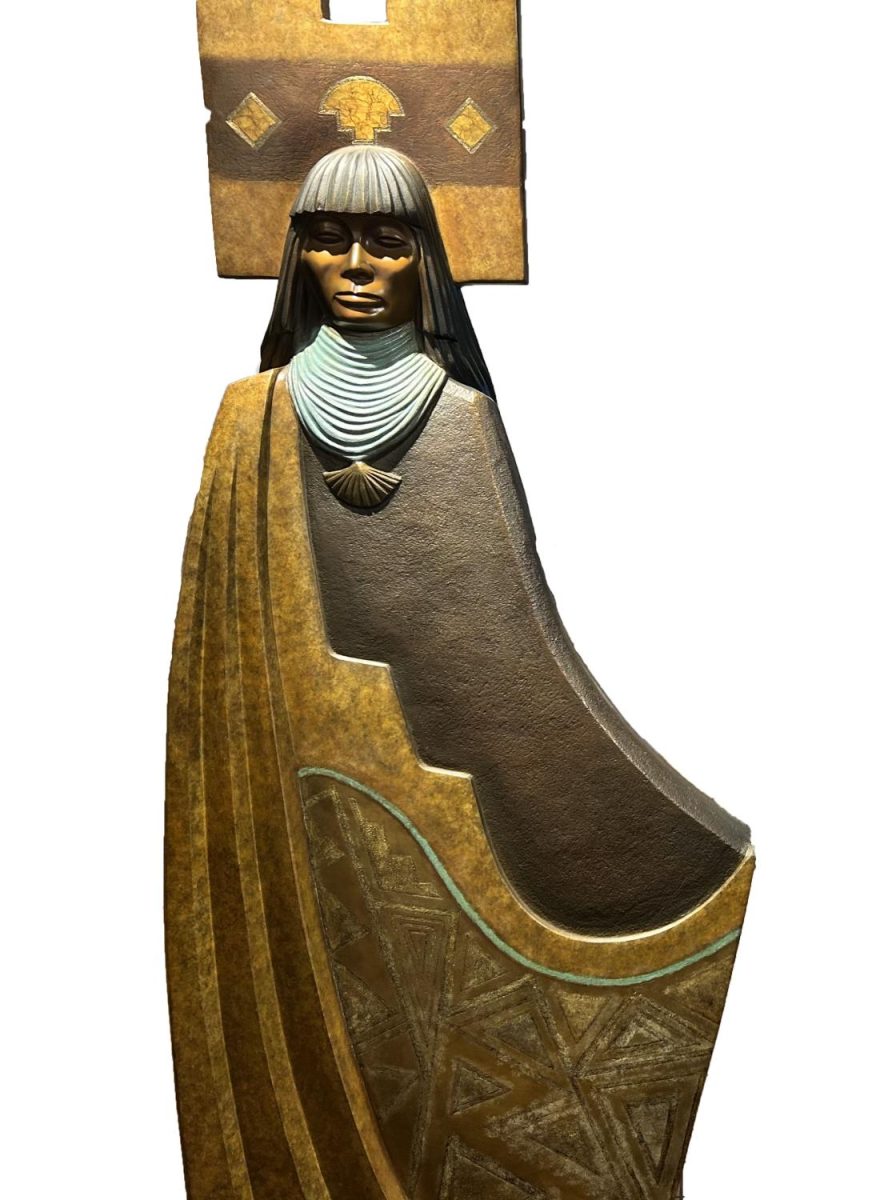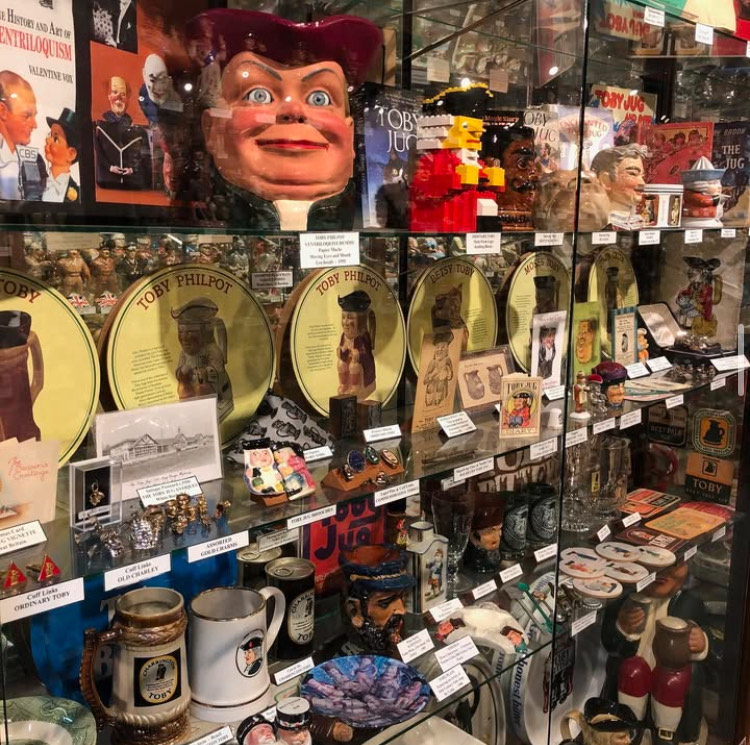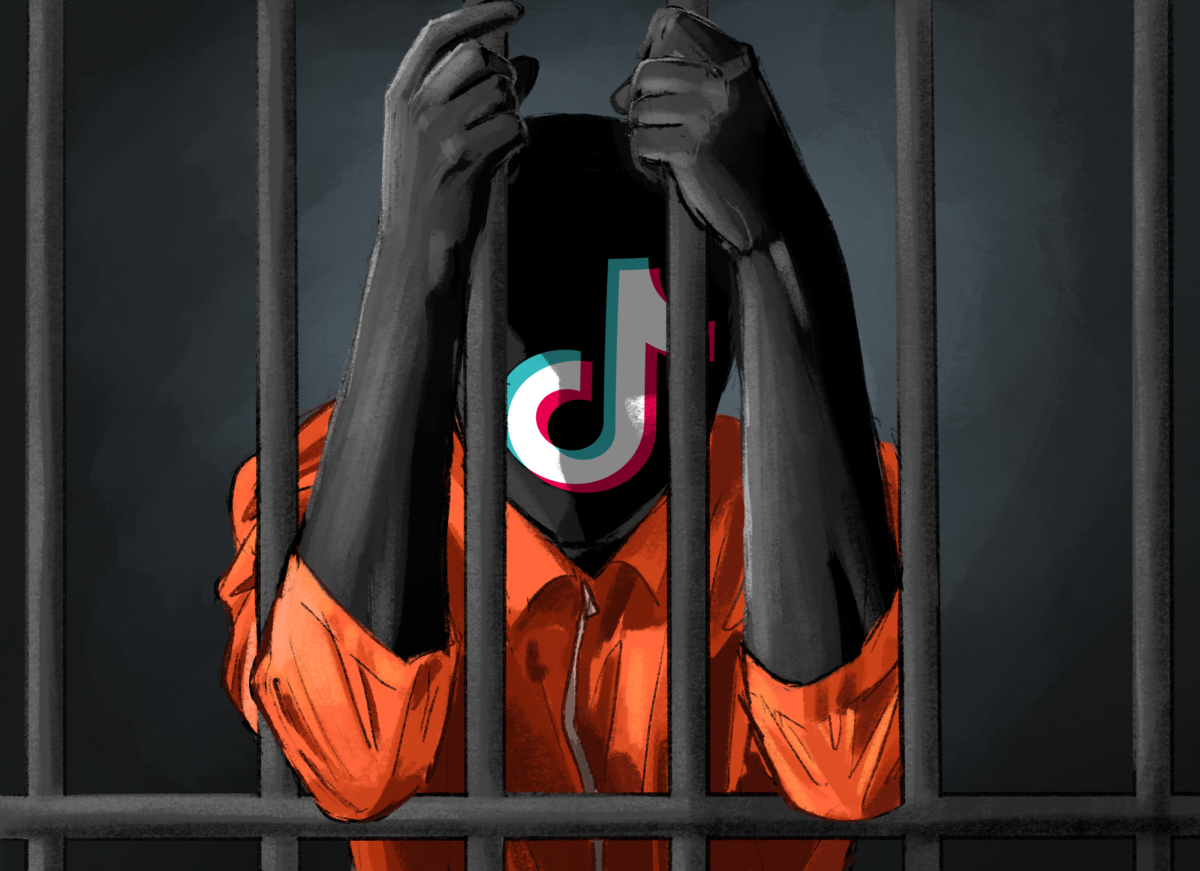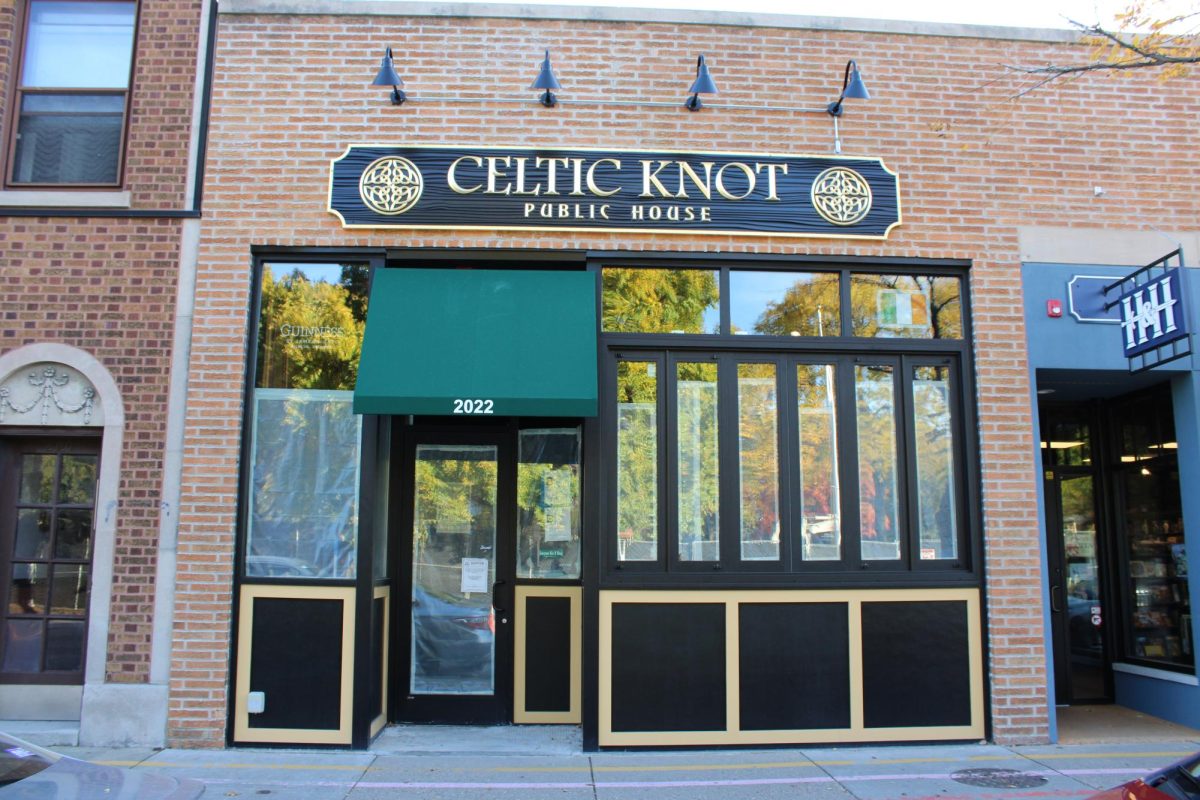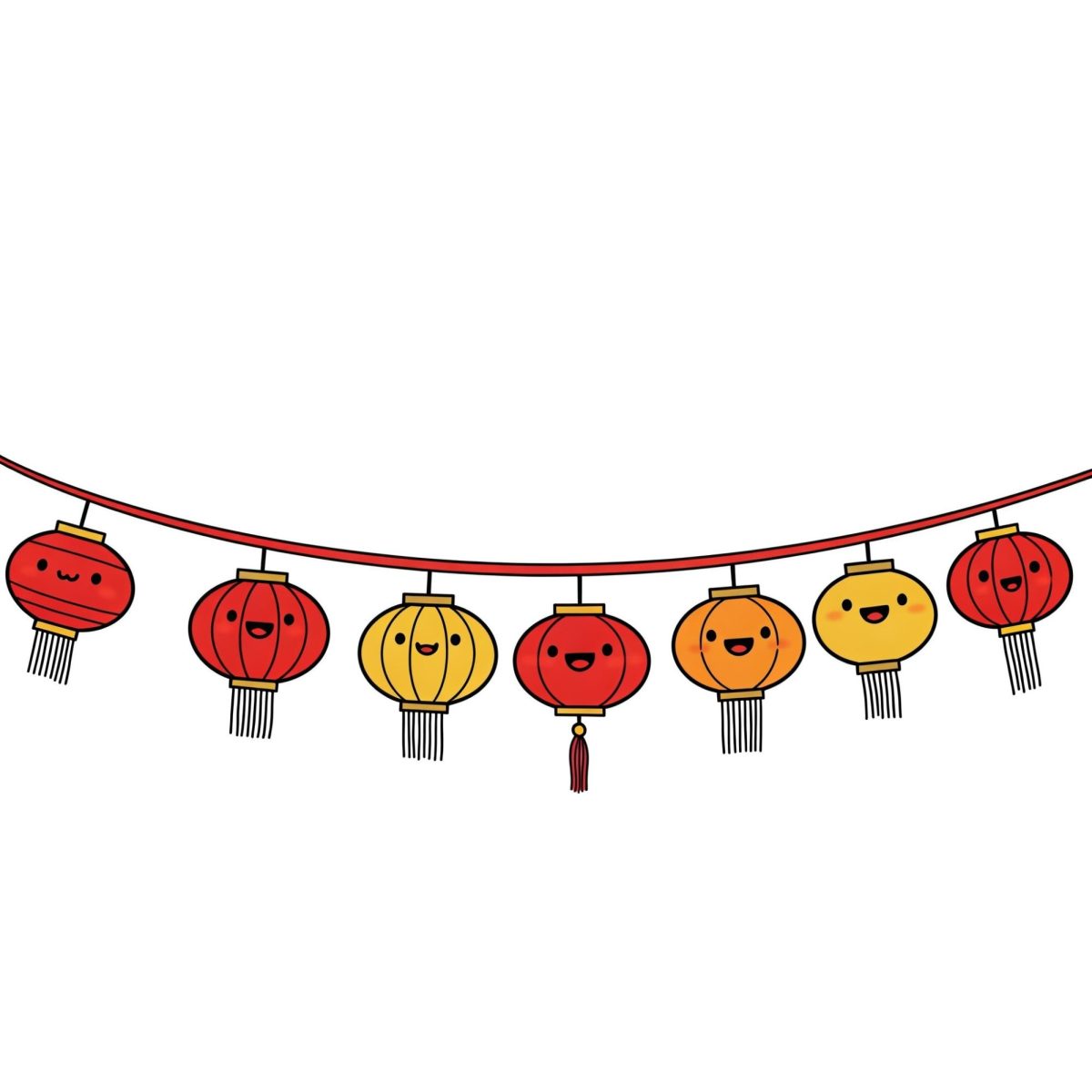The Maker’s Market has been going on for almost five years. This year, the event took place on May 7 and Aug. 6, and most recently, on Oct. 8. This event, run by Evanston Made, a nonprofit arts organization, takes place in the Maple Ave. parking garage.

Last weekend, that garage was packed with almost 70 vendors, eager to sell their artwork. People gathered around the artist’s booths wearing flannel scarves and sipping steamy coffee on the chilly, autumn Sunday. Tables of paintings, candles, baskets and earrings covered the concrete.
Lisa Degliantoni, founder and co-director of Evanston Made, works towards showcasing the talents of artists all over the Evanston area.
“I basically work to design programs and events that help people show and sell what they make,” said Degliantoni.
Through the organization, she and co-director Liz Cramer started the Maker’s Market event, with the goal of helping artists market their creations.
“They all come to us with different problems. ‘How do I take pictures of my art?’ We’re like, ‘Here’s a photographer.’ ‘How do I price my paintings?’ We’re like, ‘Here’s professional development on how to price your work,’” said Degliantoni.
According to Degliantoni, Evanston artists desperately needed an art market in Evanston before the Maker’s Market began.
“All of the [other] art markets are super expensive, they’re super cookie-cutter, they don’t feel unique and fun and Evanston canceled all of its festivals,” Degliantoni said.
In addition to the vendors at the Maker’s Market, there were demonstrations happening every hour. Hula hooping lessons, instant poetry and ornament making were only some of the activities offered over the course of the market.
Scott Greenberg, a maker at the event, agreed with Degliantoni about the importance of the market to its vendors. He said that art markets can be fundamental in the cultivation of an artist’s success, while providing an artist with a chance to strengthen their connections with the community. Greenberg also believes that everyone should have access to art, and that is partially why he continues to feature his paintings at these events.
“A lot of my market is college age and younger, and they’re broke, so I like to make sure my art is accessible rather than making a profit,” said Greenberg. “I have a full-time job. I don’t need to make money off the art. I just want to be able to say, ‘If you like the art, then put it on your wall.’”
Greenberg also engages in art to cope with stress.
“It’s a calming activity for me, almost like a meditation,” said Greenberg.
His table was decorated with paint and paintbrushes, and his scans and canvases of frogs, flowers, fruits and snakes were arranged for the passerby to observe.

And the Maker’s Market was not only a highlight for Greenberg. For Yolanda, a new Evanstonian, her favorite part of the Maker’s Market was seeing a vendor’s paintings of local shops in Evanston.
“I would rate my experience pretty high. Probably a nine or a ten out of ten,” said Yolanda.
To continue to hold events such as the Maker’s Market, and to let artists showcase their work, residents need to continue to have an interest in local art. On the city level, new laws can also make a difference.
“The city can create programs where landlords do get a subsidized pay rate to give their spaces to the creators,” said Degliantoni.



